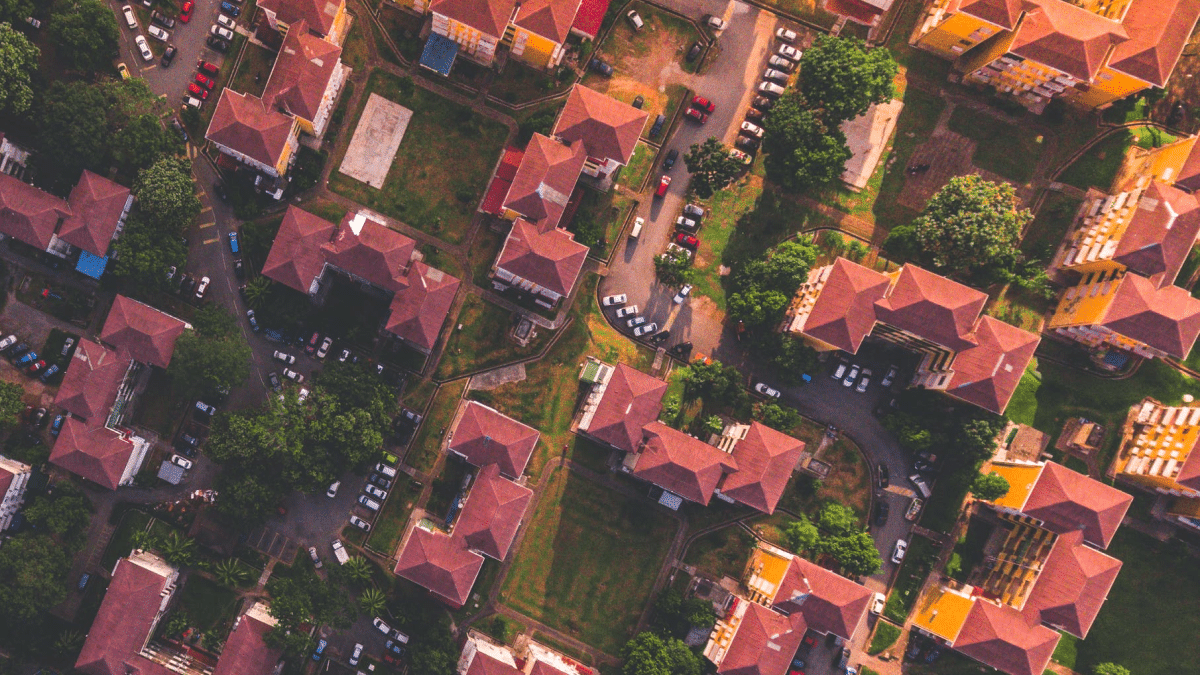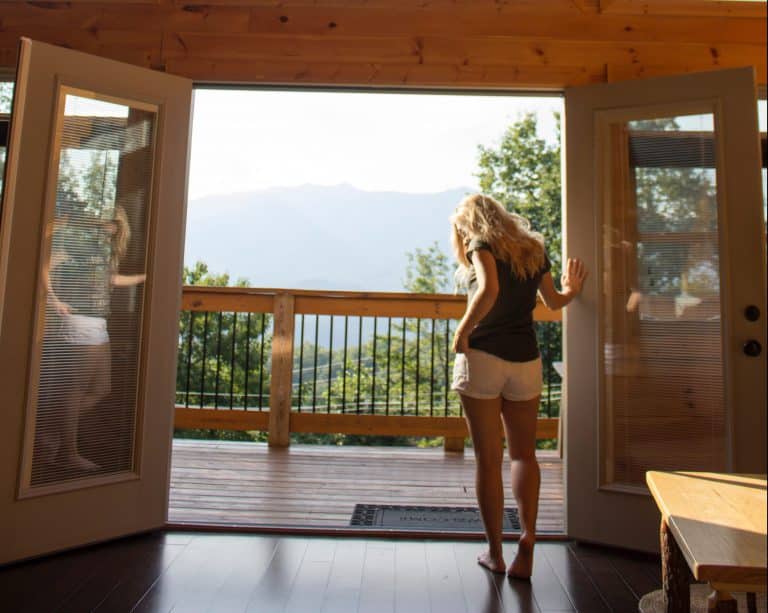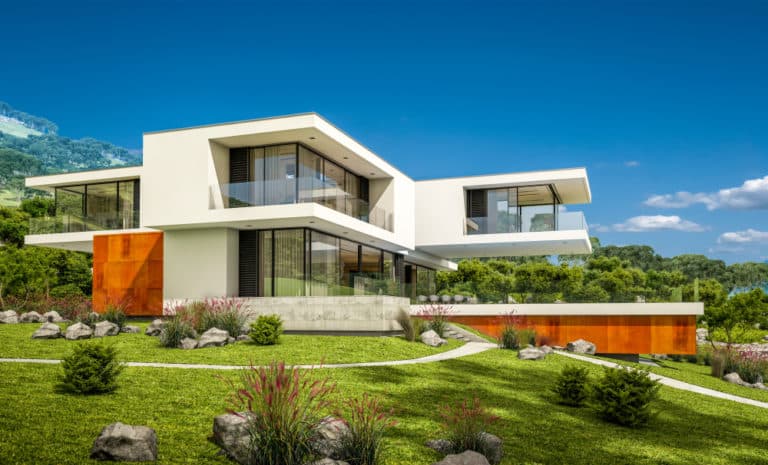PUD stands for a “planned unit development.” A planned unit development is a detached home within a subdivision. A PUD is a great housing option for the right homeowner — particularly homeowners who prefer to live in suburban or urban areas. On the other hand, it might not make sense for you if you prefer to live on 20 acres of land in the country and the only amenities you want include access to trees and fresh air.
Within this article, we will delve into the comprehensive definition of a PUD, weigh the advantages and disadvantages of residing within one, and differentiate between homeowners associations (HOAs) and PUDs. Lastly, we’ll provide insights into essential documents you should be acquainted with before purchasing a house within a planned unit development.
What is a Planned Unit Development?
A planned unit development refers to detached home or attached single family homes in a subdivision or other “master planned” community. Real estate developers build PUDs as housing in small, self-contained areas. Sometimes, they offer access to single-family and townhome communities. Its amenities may include residential and commercial units.
When you become part of a PUD as a homeowner, you own both your residence and your lot.
Joining a Planned Unit Development also means that you must join the homeowners association (HOA) and pay dues and assessments to the HOA. A HOA refers to an organization in the PUD that makes rules governed by bylaws. A HOA enforces these rules on behalf of the community. A volunteer board of directors elected by the members of the association runs the HOA.
Note that a home can belong to an HOA without being part of a PUD — all PUDs have HOAs, but not all HOAs have to be part of a PUD.
Pros and Cons of Living in a PUD
Let’s walk through the pros and cons.
Pros of living in a Planned Unit Development:
- Private amenities: If you enjoy private amenities, living in a PUD could offer some major perks as they usually go beyond simply a pool and gym. They may also include grocery stores, restaurants, privately owned roads and 24-hour security. You may also get access to regular yard and home maintenance, including maintenance of all common areas and home exteriors and individual lawn care.
- Land ownership: You own your own land and you can generally use it how you wish as long as you abide by HOA rules and regulations.
- Convenience: PUDs allow you convenient access to a number of amenities, which can shave time off of grabbing a bite to eat or running to the drug store to fill a prescription. You don’t have to go far to find recreational opportunities, because they’re right there for you.
- Affordable amenities: Individuals who live in the PUD can access free amenities such as swimming pools, tennis courts, parks, playgrounds, landscaping, hiking trails, basketball courts, gated community options and more.
Cons of living in a Planned Unit Development:
- Homeowners association (HOA) fees: The PUD community will require you to pay HOA fees so the community can maintain and upgrade the amenities it offers its members.
- Restrictive covenants: A restrictive covenant refers to an agreement that restricts you from engaging in certain actions. For example, homeowners in a PUD may have to meet construction or modification guidelines, limit their property purpose (they may not be able to use their home for business use, for example), follow basic home upkeep rules and choose from specific home architectural styles. You may also face other restrictions, such as pet ownership rules.
- Proximity to other houses: PUDs are commonly built close together, which means you’ll likely live close to your neighbors.
- Buying and selling challenges: Buying and selling PUD real estate can invite specific challenges. You may find it more difficult to buy and sell a PUD due to its need of attracting a very specific type of homeowner. It may require you and your realtor to know a little bit about the psychology of homebuying when you sell.
PUD Property vs. HOA
Everyone in a PUD automatically becomes part of a HOA, but you can also choose to join a community governed by HOA that is not a PUD.
The biggest difference between a PUD and HOA is that HOA-run condo townhome owners don’t own the land on which their property sits — they only own their unit. PUD homeowners own the land on which their property sits, in addition to common areas.
In a PUD, the homeowner owns the land and is free to use the land more or less when and how they wish, though it could still be limited based on HOA rules.
Documents to Review Before Buying a House in a PUD
Prior to investing in a Planned Unit Development property, you want to know the exact regulations of the HOA. In addition, you want to make sure your budget can accommodate HOA dues, which you can expect to pay monthly or quarterly.
It’s a good idea to get the following information from your real estate agent before you decide to move into a PUD:
- Bylaws of the HOA
- Covenants, conditions and restrictions
- Articles of incorporation
Ultimately, you want to make sure that the HOA does a good job of running the PUD and that the development takes care of common amenities. Mortgage lenders also often want to know the details of PUDs HOAs restrictions, because if you stop paying on your loan, they must repossess and try to resell your home in the PUD.
Buying a home doesn’t have to be difficult. Let Morty take the reins long before you do your final walkthrough. Learn more about PUDs, home appraisals and more with the Morty Blog.







